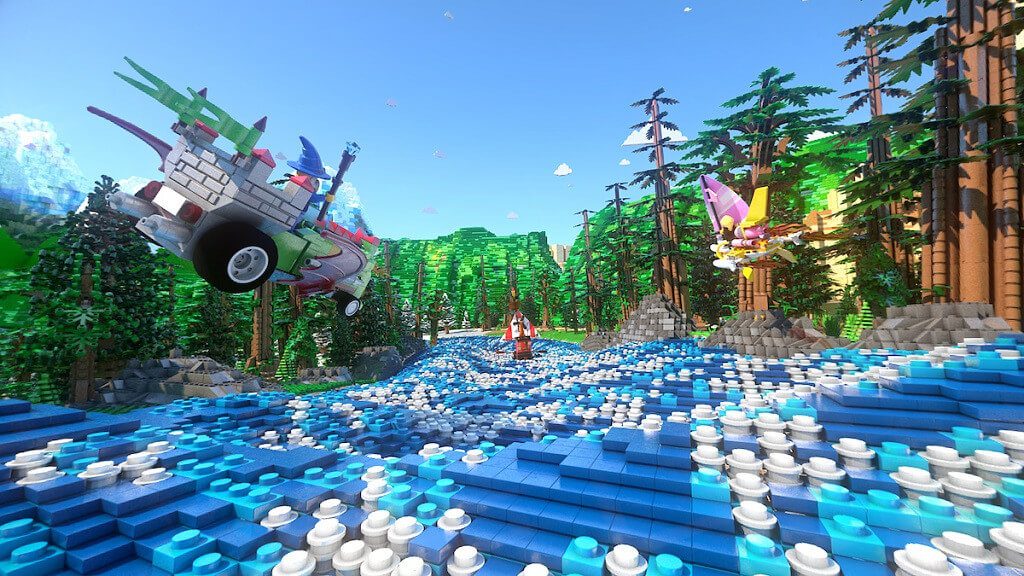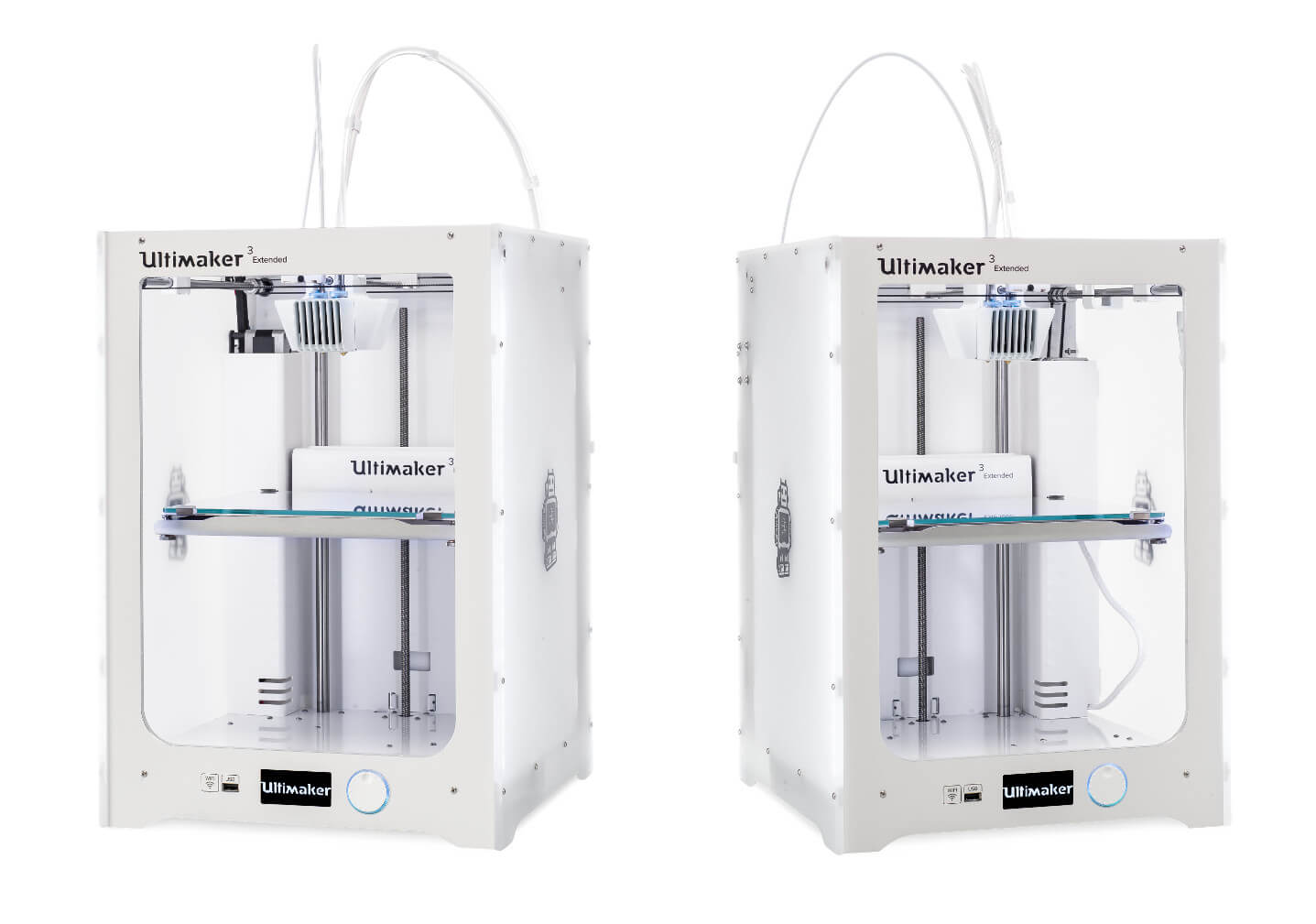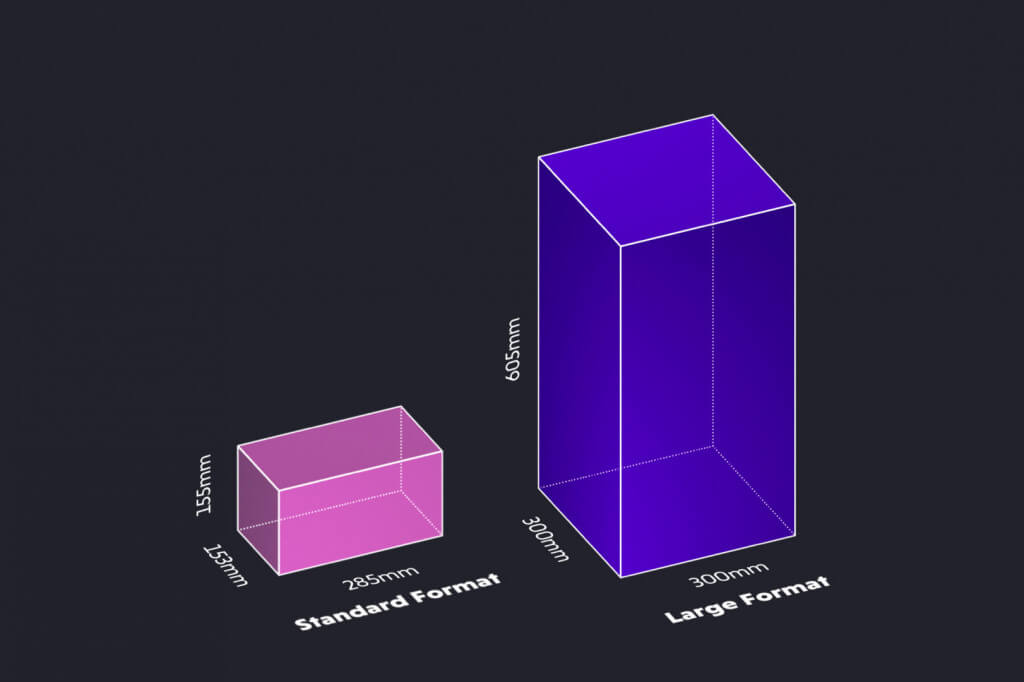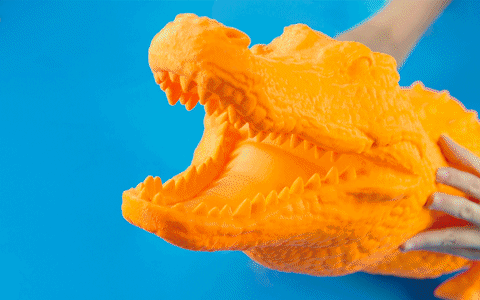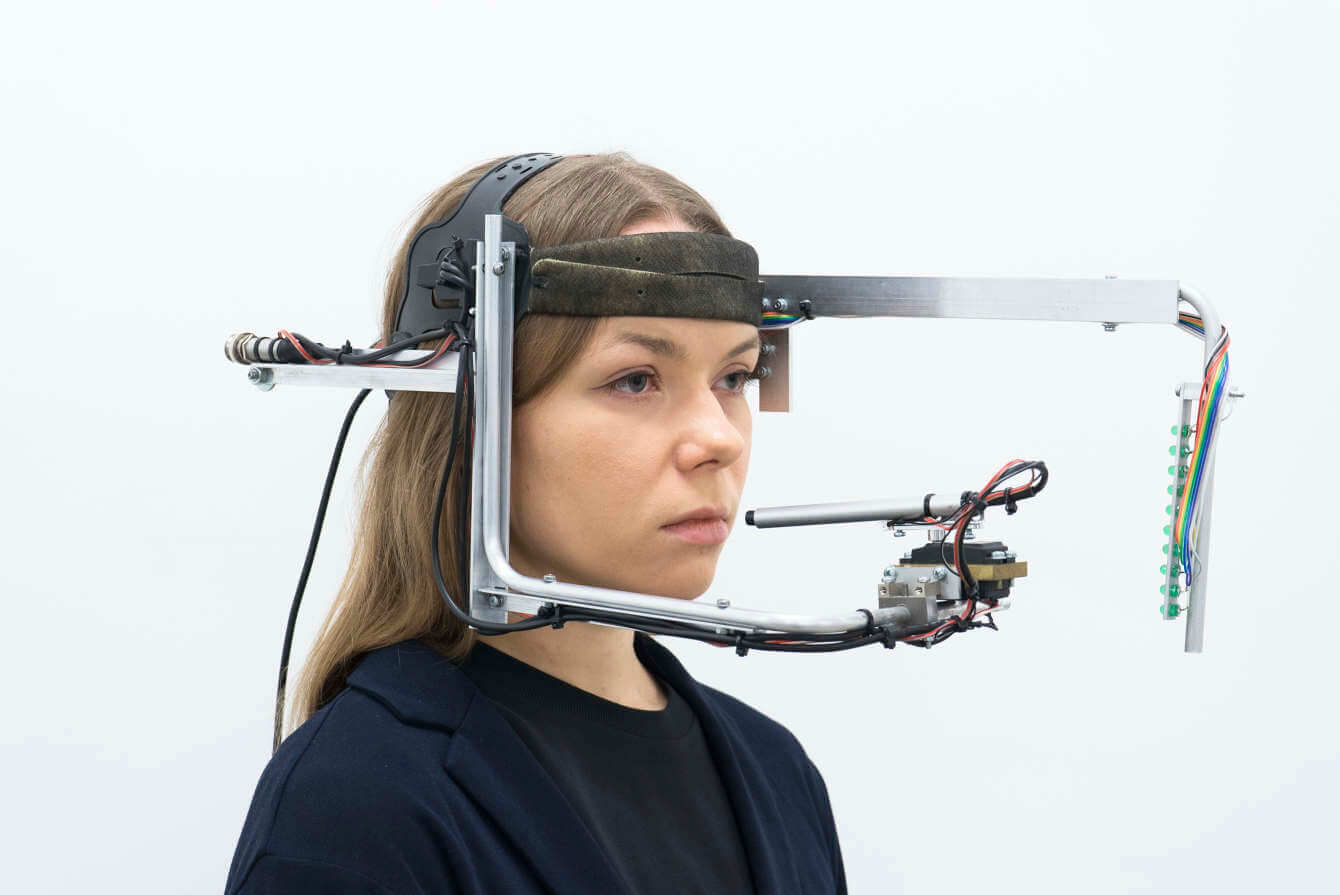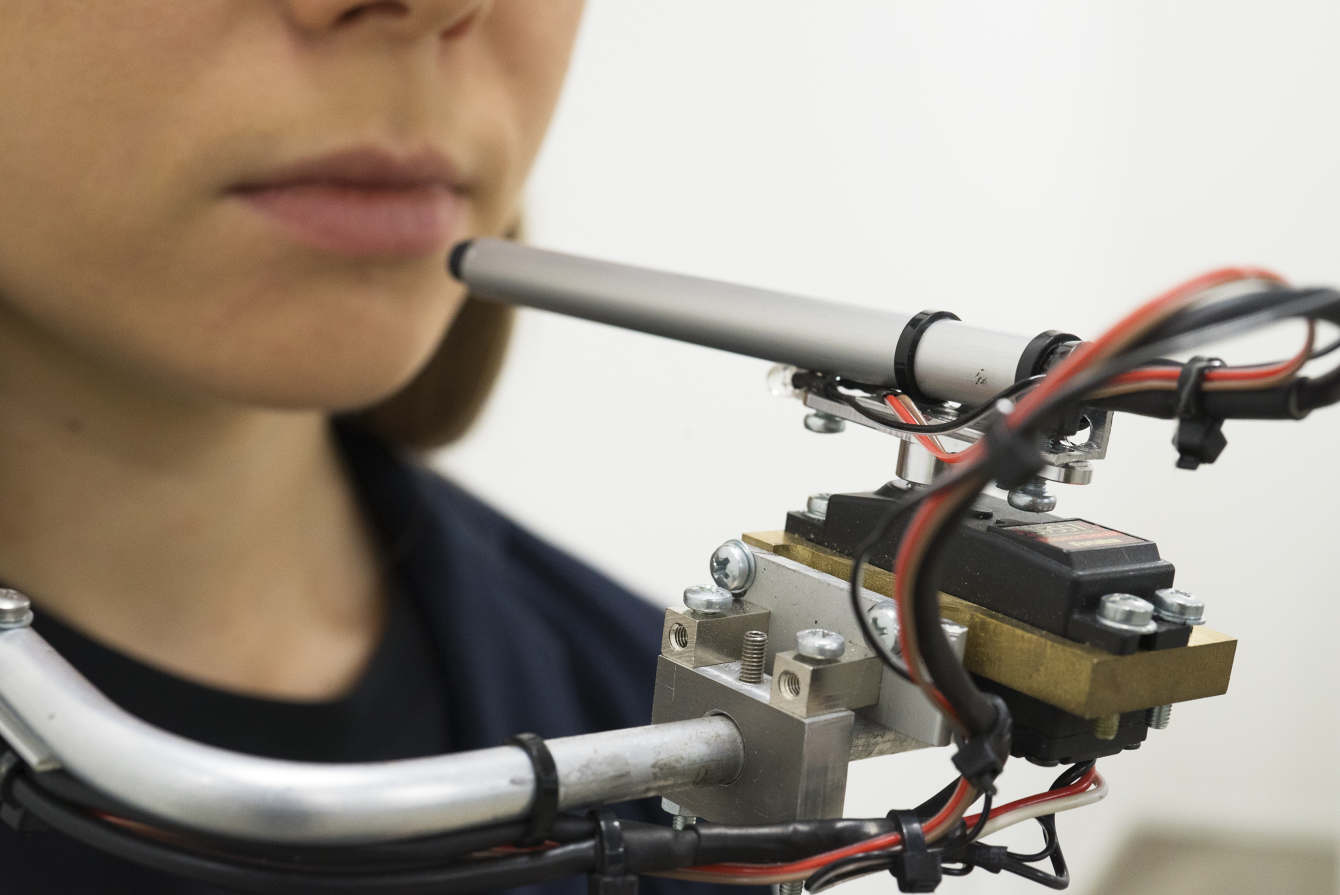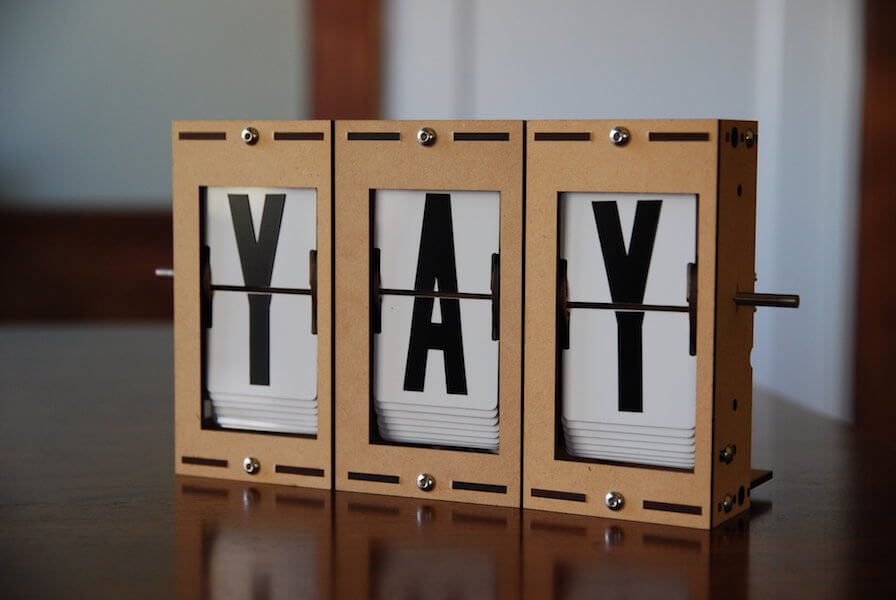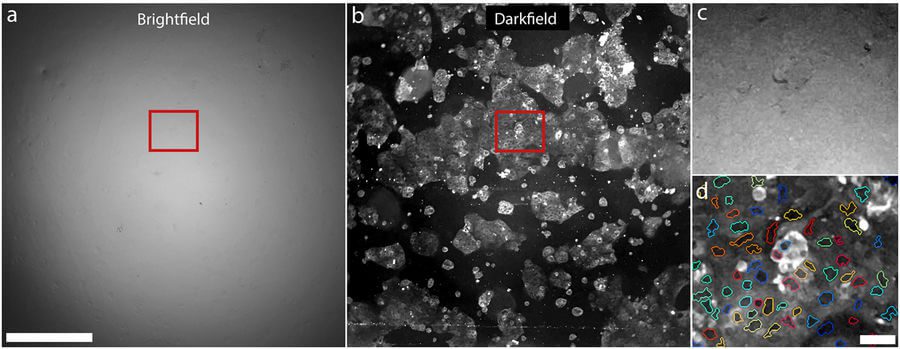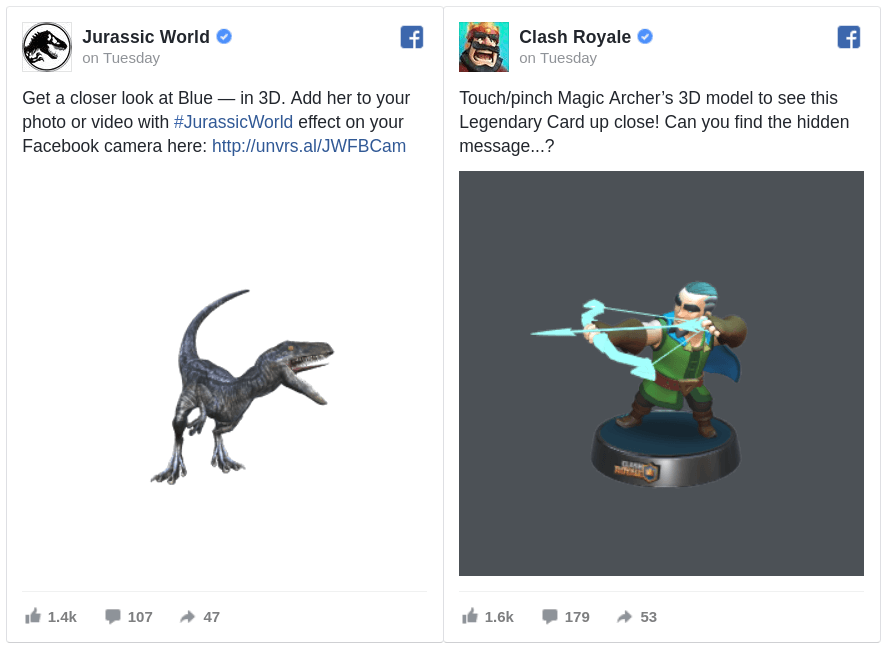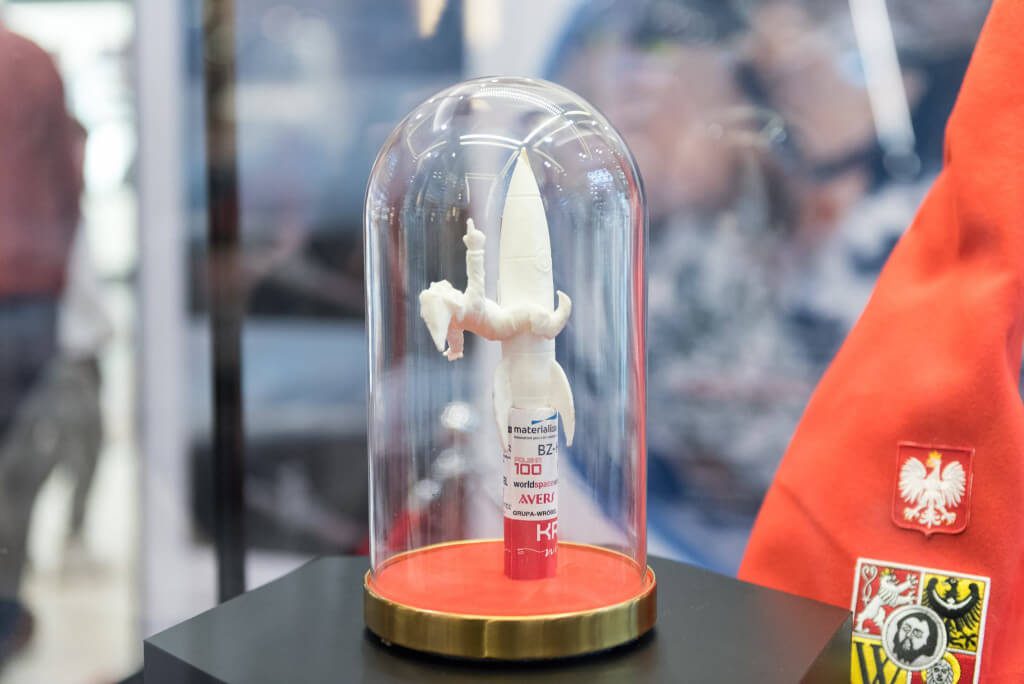A conceptual 3D printed idea called the Synthetic Pollenizer by an artist from Brisbane aims to keep bee populations alive and thriving.
A whopping third of our food sources rely on bees. And yet, it’s no secret that bees are in danger of dying out. The varroa mite and still-in-use pesticides called neonicotinoids have reduced the population of bees and other pollinators significantly.
Luckily, there are many humans who are willing to help the cause. For example, Michael Candy, an artist from Brisbane, Australia.
The idea he is proposing is a 3D printed robotic flower method to help the bees. He calls it the Synthetic Pollenizer and although it’s currently a conceptual project, it’s certainly an interesting solution.
Essentially, robotic flowers are hopefully safer for bees to pollinate than real fauna as they have no pesticides. Instead, they are all equipped with pollen and nectar which comes up to the flower when needed. They’re also hidden amongst real plants, encouraging bees to pollinate and also to breed.
“Bees are a vital part of our ecosystem, I feel that everyone needs to take the time and get to know these hard workers that keep our plants and crops pollinated. It is common knowledge that bee population is suffering worldwide due to pesticides, climate change and Varroa mites – for these problems we can find solutions,” Candy explained.
Find out more about the Synthetic Pollenizer in Candy’s video:
Tricking the Bees with a Synthetic Flower
In order to attract the bees, a man-made nectar solution of sugar and water reaches the false flower’s surface. Candy uses servos and actuators to distribute nectar and pollen to the flowers.
After a lot of trial and error, the 3D printed petals and synthetic stamen should now be convincing enough to fool the bees. Candy explains that it has taken years to successfully coax them into landing on the 3D printed petals. He explains that color and form are crucial considerations.
To collect the pollen, Candy uses a “pollen trap” in the beehives. This isn’t as cruel as it sounds and is essentially a front door mat for bees. It fits over a hive entrance and collects leftover pollen from a bee’s legs.
The collected pollen is fed through the synthetic stamen. And, if everything goes to plan, the bees pick up this pollen as normal. Candy adds:
“Bees are easily the most utilitarian pollinators used in industrial agriculture and they are suffering from a variety of environmental problems. Perhaps in a future where designer crops are no longer able to produce pollen yet still receive it – then the Synthetic Pollenizer could rehabilitate the reproductive cycle of these genetically modified crops.”
However, perhaps an easier way to save the creatures is to simply force farmers to not use pesticides during the hours when bees are flying but rather early in the morning or late at night. This would certainly save a lot of 3D printing time and energy.
Source: Dezeen
Website: LINK
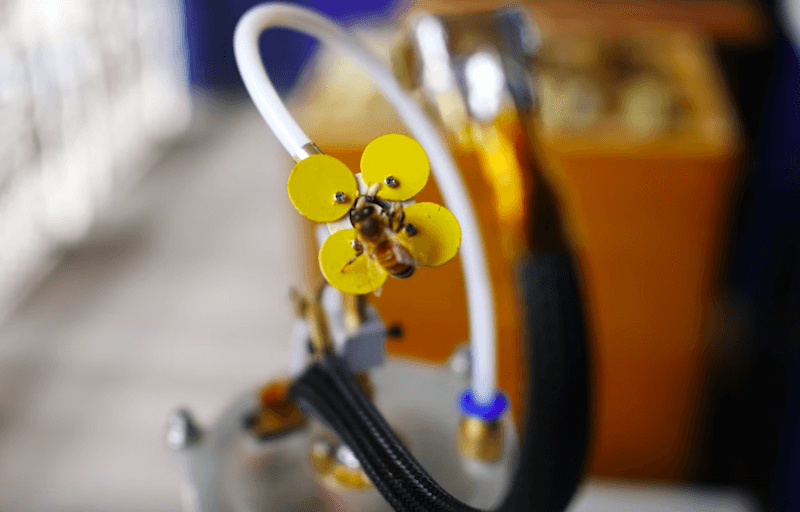

![[DEAL] Monoprice 3D Printers – up to $200 Off](https://www.blogdot.tv/wp-content/uploads/2018/02/deal-monoprice-3d-printers-up-to-200-off.jpg)
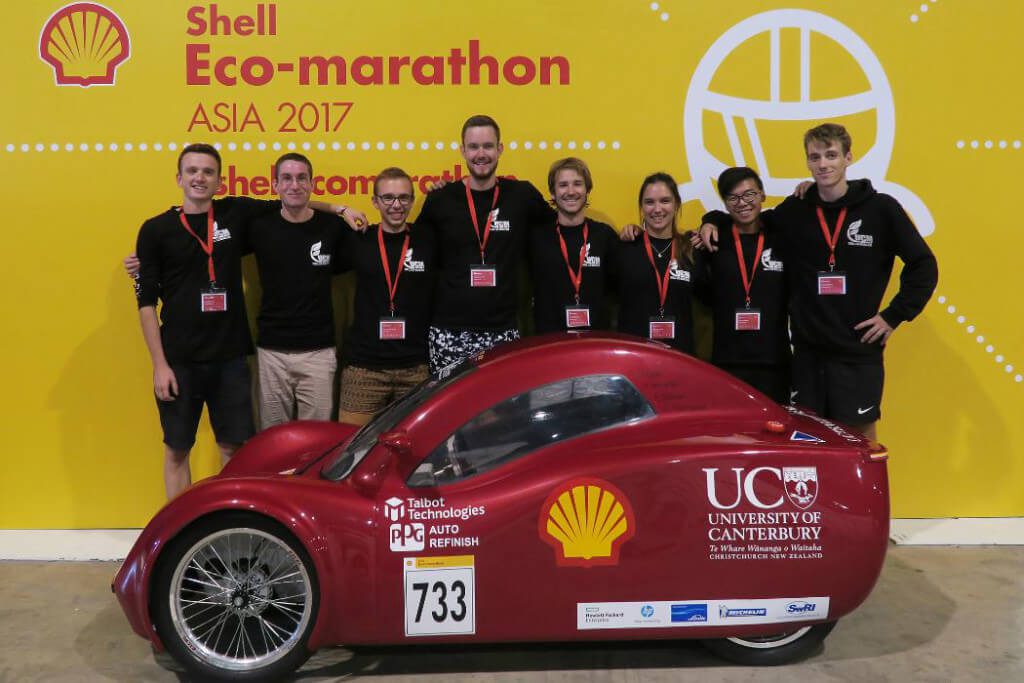

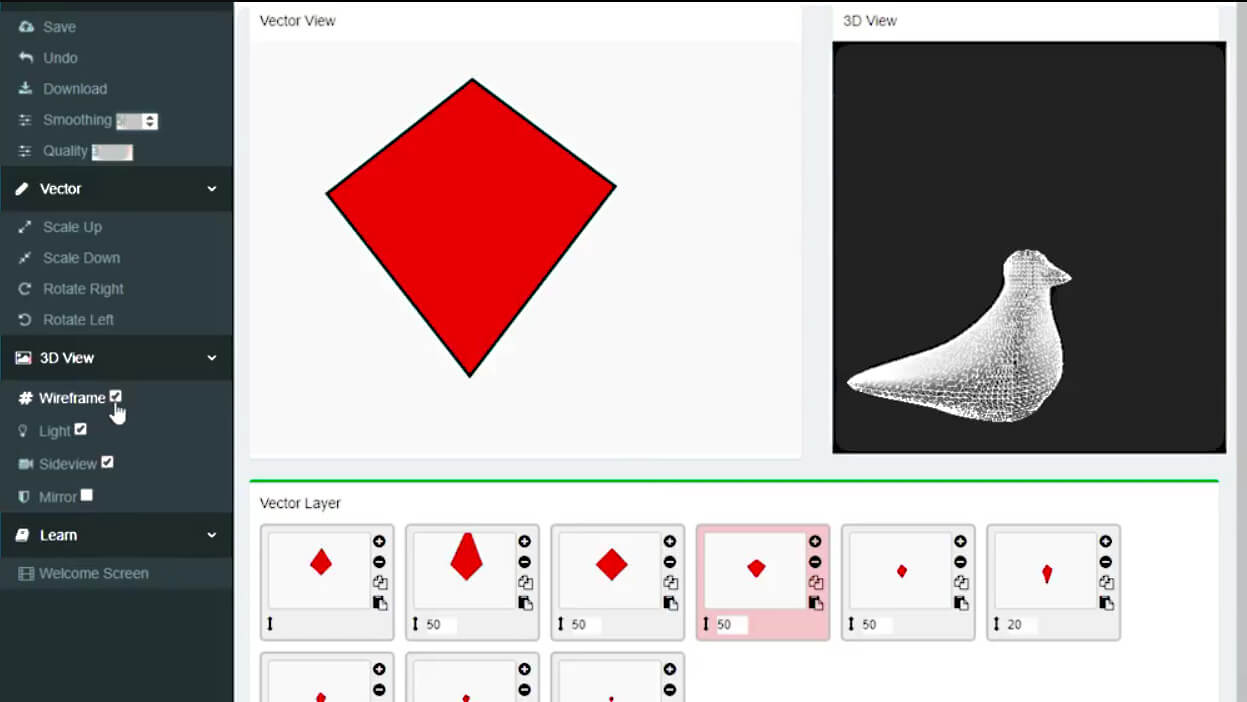
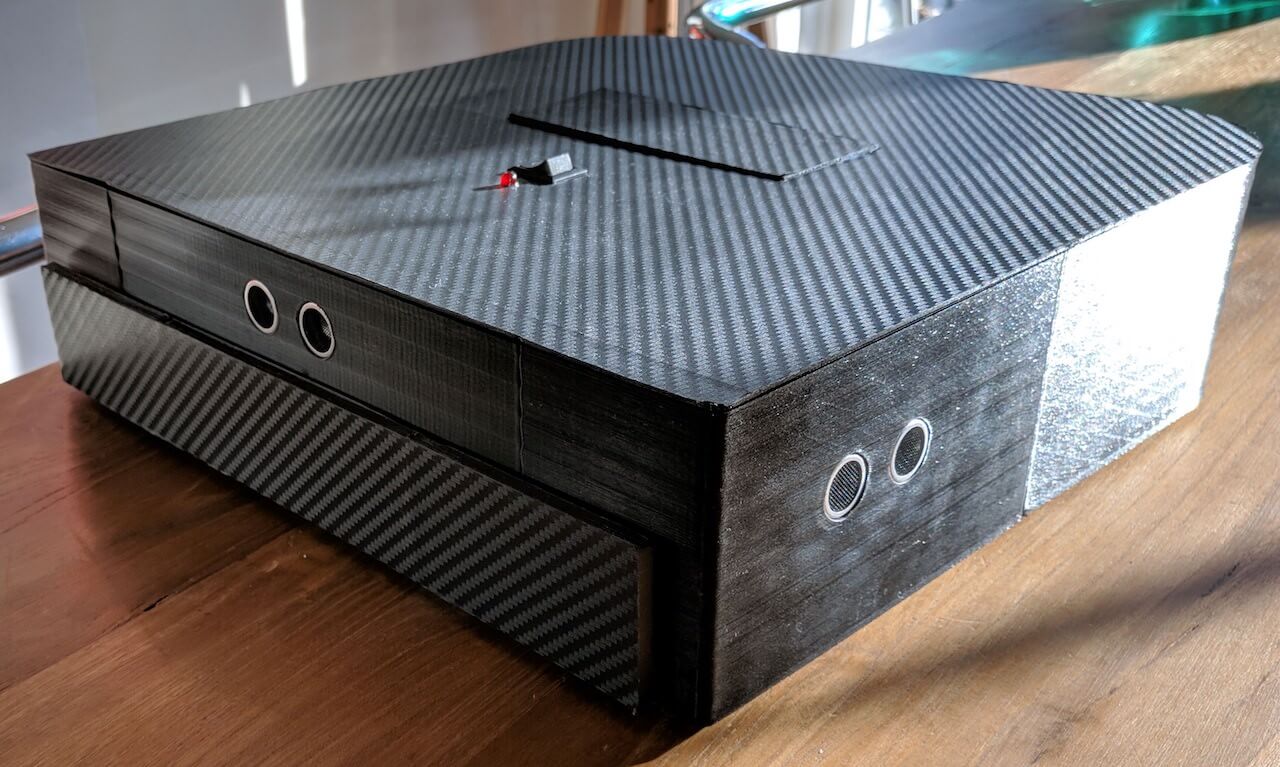





![[DEAL] Inland Translucent Magenta PETG 1KG 1.75mm for $18.99](https://www.blogdot.tv/wp-content/uploads/2018/02/deal-inland-translucent-magenta-petg-1kg-1-75mm-for-18-99.jpg)
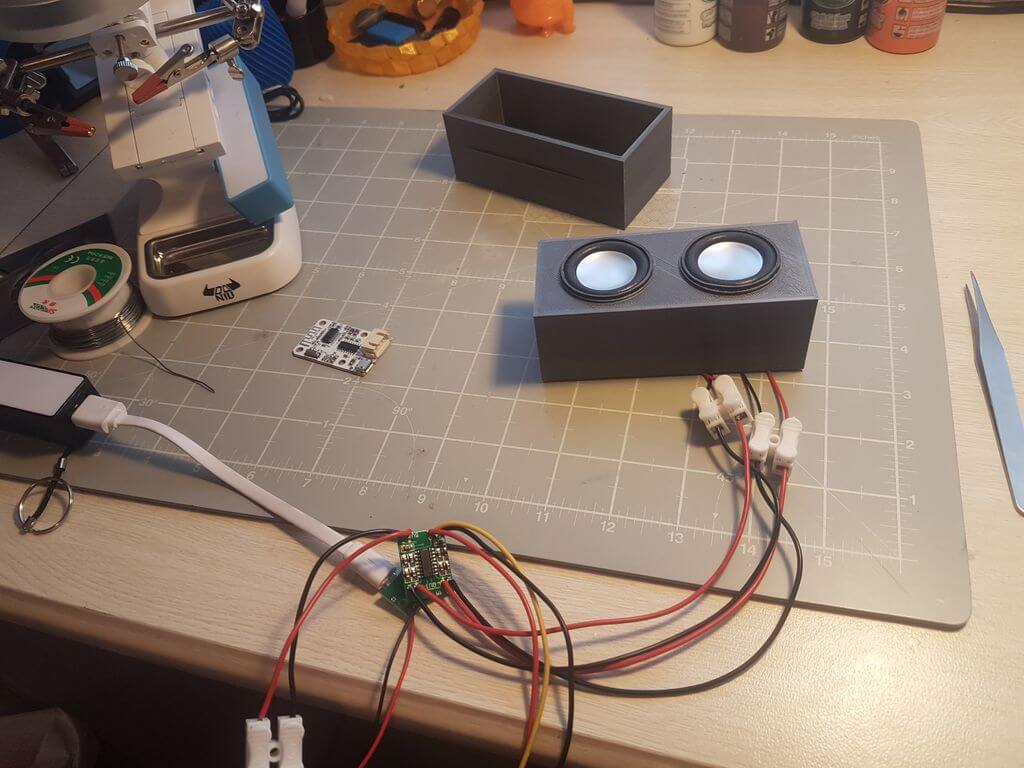




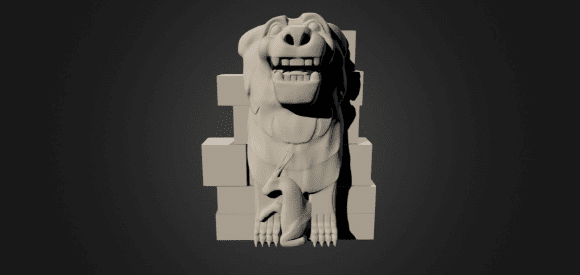


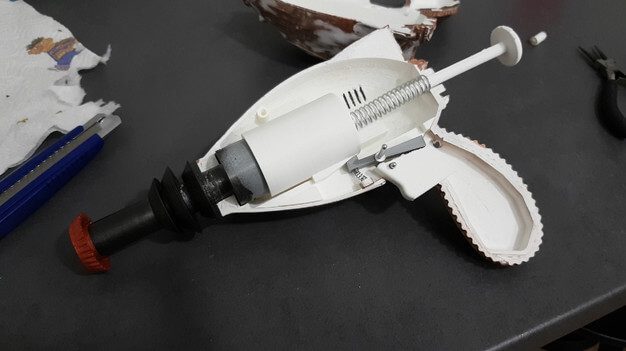




![[DEAL] rigid.ink Flexible PLA 1kg 2.85mm, 25% Off at $38.79](https://www.blogdot.tv/wp-content/uploads/2018/02/deal-rigid-ink-flexible-pla-1kg-2-85mm-25-off-at-38-79.jpg)
